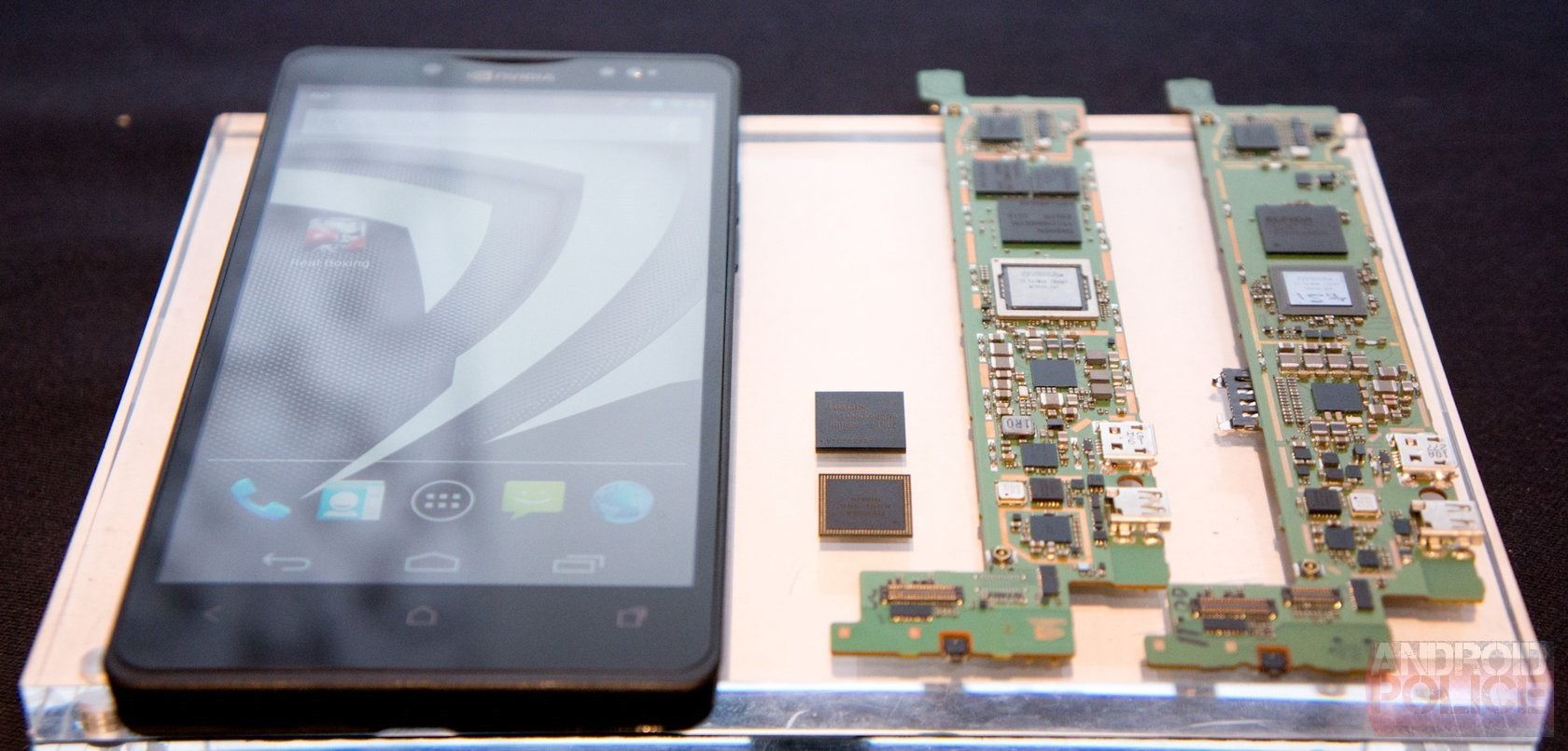After years of unsuccessfully pushing its almost-here software-defined Icera LTE modem, NVIDIA officially announced yesterday that the Icera unit, which it acquired in 2011, would be shutting down. The fate of the 500 employees working on Icera projects at NVIDIA was not announced, but may be in NVIDIA's quarterly earnings call tomorrow.
As recently as two years ago, NVIDIA was still pushing the Icera i500 LTE modem solution as part of its Phoenix Tegra 4i reference design phone platform, which saw adoption that could be counted on a single hand (OK, if the hand had six fingers). I believe ZTE, Xiaomi, and Coolpad were actually the only full-on Tegra 4 phone partners, each with a single, limited-run 3G phone that didn't even use Icera modems. That puts the combined number of Tegra 4 and 4i phones at, as far as I know, nine. The number of those with Icera modems? Substantially less.
Both Tegra K1 and X1 were announced with nary a mention of smartphones, so the move isn't surprising. But by getting out of the integrated modem game, NVIDIA has essentially admitted it is no longer going to actively pursue the smartphone business. Instead, NVIDIA has made it crystal clear its focus is on automotive, embedded (such as TVs and STBs), and tablets.
Even the tablet business isn't going well - NVIDIA's tablet design wins have had no real sticking power in the market, with Intel easily outpricing and out-supporting pretty much all of its competitors in the space. NVIDIA won exactly two consumer tablet designs with Tegra K1: the Xiaomi Mi Pad and the Nexus 9. NVIDIA has announced zero partners for Tegra X1 tablets or phones, and it's my inclination that it probably won't.
NVIDIA stated that it will use third-party modem suppliers for its mobile data needs in the future, which is a bit funny, considering nearly every mobile-data enabled Tegra product to date has in fact used a third party modem anyway.
Source: NVIDIA

